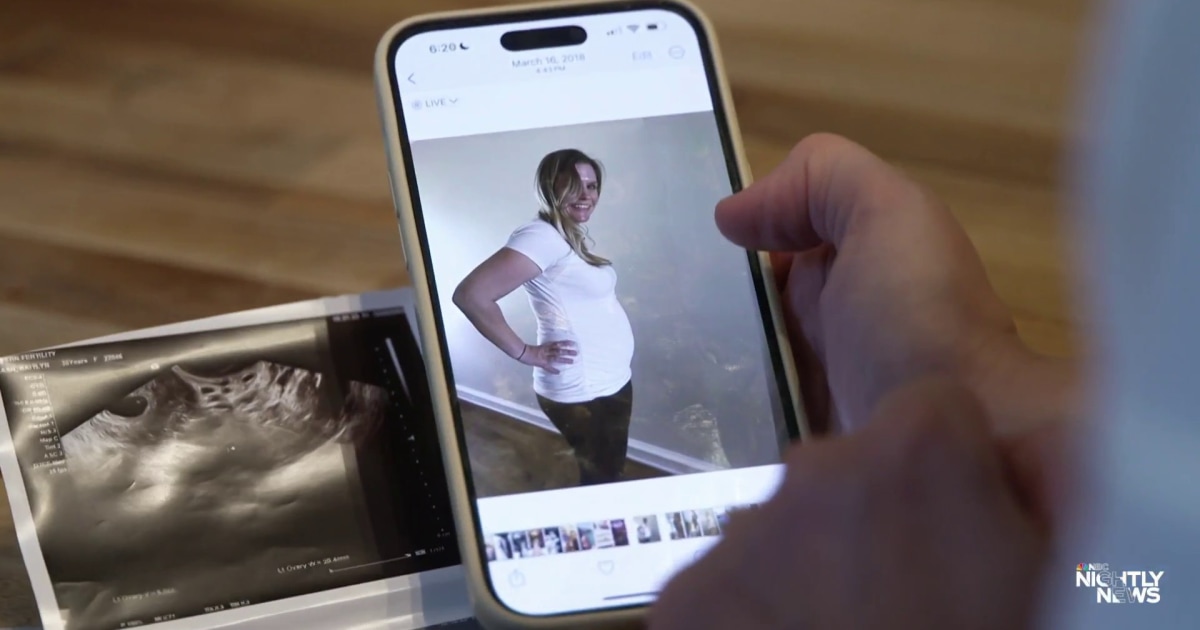A study of over 15,000 youth with self-inflicted injury treated in Emergency Departments (EDs) found that around 25% were seen in the ED within 90 days before or 90 days after injury, pointing to an opportunity for ED-based interventions, such as suicide risk screening, safety planning, and linkage to services. Nearly half of ED visits after a self-inflicted injury encounter were for mental health issues. "Self-inflicted is an important predictor of suicide risk," said Samaa Kemal, MD, MPH, emergency medicine physician at Ann & Robert H.
Lurie Children's Hospital of Chicago, who was the lead author on the study published in . "Our study suggests that Emergency Departments could have life-saving impact if they treat not only in the moment of crisis but intervene to extend care into the future. It would be critical to screen for suicide risk, talk to families about removing from the home or locking up anything that could be lethal to their child, like guns, and connect patients to follow-up care.

" Dr. Kemal and colleagues also found that around 70% of children in the study received care in general EDs, as opposed to EDs at children's hospitals. "The interventions we propose are brief and could be implemented in any ED, even in hospitals without pediatric mental health resources," said Dr.
Kemal. Limited access to pediatric mental health care most likely drives greater ED utilization among rural and publicly insured youth, which underscores a significant health inequity, added Dr. Kemal.
"In communities without easy access to mental health providers, EDs could refer children to pediatricians for follow-up," she said. "Most importantly, in the midst of the current youth mental health crisis, the care these children receive in the ED should focus on their future safety." Co-authors from Lurie Children's included Jennifer A.
Hoffmann, MD, MS, Kenneth A. Michelson, MD, and Elizabeth R. Alpern, MD, MSCE.
(2024)..



















